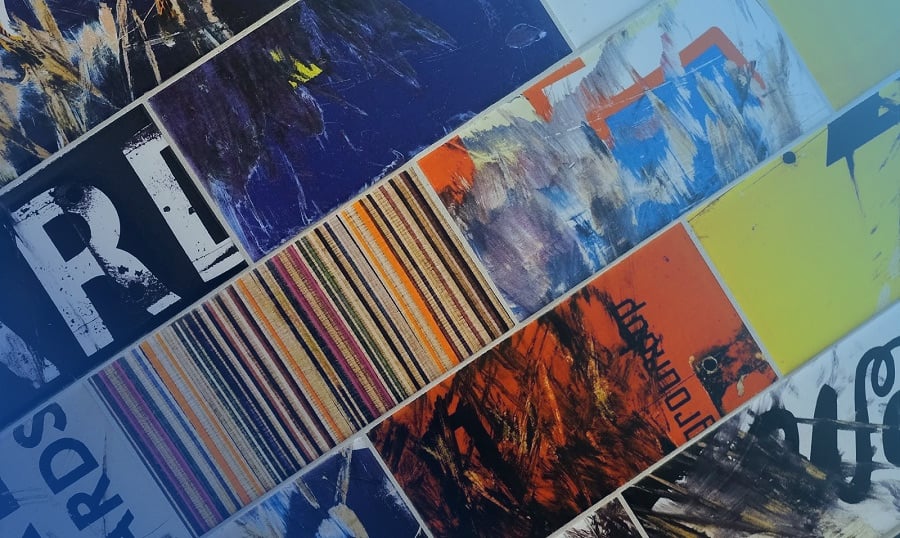Looking back at your university degree may be sad when you realize that you don’t want to work in that area of expertise. That’s when you can consider becoming a specialist in something else and learn something new. Lucky us, we all live in the world where it’s possible to consume lots of useful information that may help us become whoever we want, literally.
So let’s say you decided to become a designer, but you’ve never attended a design school or college. Is it possible?
Of course, it will take more of a hassle to become one on your own, but it’s definitely possible. You won’t be able to visit the college on a daily basis and interact with teachers, but you’ve got the whole internet at your disposal, so there are plenty sources to get the needed info from. Let me show you the key things to read, watch, and learn.
What to read
The Design of Everyday Things
This is simply classics. This is the design bible that everyone should read. No, the author will not teach you how to draw, he will simply help you open your eyes and notice how our everyday things are designed and why they are designed this way.
Branding In Five-and-a-Half Steps
Branding is one of the most popular design niches, cause every brand needs to get its own style, logo, and a so-called brand bible. There is a chance that you’ll find branding interesting, so try this book to dive deeper into it.
Design Basics 9th Edition
Every industry has its basics, and design is not an exception. Starting from the bottom (reading ‘from the basics’) is the best way to achieve something. I really hate people who try to become experts by handling the toughest cases and books. This is insanity. Go step by step.
Geometry of Design, Revised, and Updated (Design Briefs)
Reveals fundamentals of design that are not readily apparent. Very interesting for anyone who would like to know more about graphic arts and why some patterns and object relationships are appealing and some are not.
Where to learn
We live in the age when online courses and schools are on the rise, give it a try and join one of the courses online. Unfortunately, not everyone likes learning something online (for example, I am a huge fan of offline learning), but you should try and see for yourself because there is a slight chance that this is the best way to learn something new for you.
I would highlight two major online studying platforms:
- Udemy
- Lynda.com
Both of them offer amazing discounts on a regular basis, so even the fact that some courses are not cheap shouldn’t scare you.
How to prepare your portfolio
The process of preparing your first own portfolio shouldn’t scare you because there are a few necessary steps that you should make to start gathering works for your future portfolio.
Actually, the biggest mistake that everyone makes is the fact that people simply do not want to create something just for the portfolio. They believe that this is a waste of time and look for a paid job that will give them both: money and one example of their work for the portfolio.
This is the reality check for you: do you understand that no one really wants to pay money to someone who doesn't even have a decent portfolio? And don’t cry like a baby saying that this is the vicious circle. There is one simple rule that will resolve this issue for you once and for all.
It’s okay to take a free/volunteer job to get the examples of your work for the portfolio. Just look at the Artemiy Lebedev, for example, the most famous post-soviet designer. He once said that when he just started and was trying to create a portfolio he just started to make calls to his closest friends and family members, he offered them his services for free, just to get some work samples.
Also, there is another way to approach it. Despite the fact that I strongly believe that the first one works the best, you can also work on your own imaginary projects. Just make up some company and design studio templates their website or a landing page.
Or make up a person and create his branding style, a logo for his project, and a bunch of business cards.
From A Wannabe To A Startupper [Free Ebook]
Where do I get advice?
You should also consider going out and beyond the online courses and tutorials. There is a huge chance that there are meetups and conferences in your city that you can attend. This is a great chance for you to meet designers and get whatever advice you need from them.
Also, you can simply get inspired there and get new ideas on these meetups.
However, if you are not a big fan of offline gatherings, there is still a great thing that the internet can offer you. I’ve recently stumbled upon this amazing project that’s called ‘Out of the office hours.’ The idea is simply: this website unites young creators/specialists who want to talk to someone skilled and get advice or inspiration. For example, yesterday I received a letter that I’ll be able to talk to a few guys who work in giant companies as product designers, and we’ll be able to talk in skype and discuss whatever we want. How cool is that? Make sure to check this out because this is a great opportunity to get useful information from someone more skilled than you are.
Read Also
TOP 5 Design Conferences 2020: Which Industry Events To Attend In January & February?
How Web Designers Save Money: A DepositPhotos Deal Included!
5 Enticing Ways to Improve Your Web Design Skills
5 Must-have Skills Contemporary Mobile Designers Should Master
